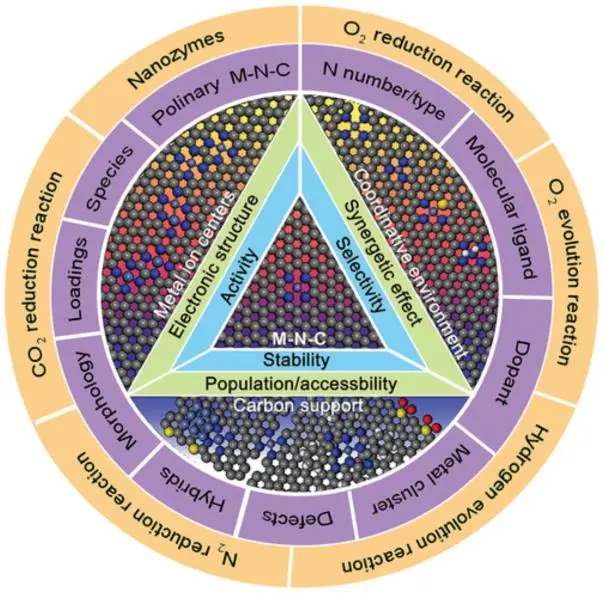THEME
THEME 3: Efficient Carbon dioxide

Theme leader


BACKGROUND
Transforming CO2 into high-value chemical supplies is an effective approach to reduce carbon emissions. The conversion and utilization of CO2 in all aspects can produce huge economic benefits and good social benefits. The high-value chemical supplies transformed from chemical reactions of CO2 are mainly in the following aspects: 1) converting into methanol and ethanol, 2) converting into methane, 3) converting to synthetic gas, and synthetic oil from synthetic gas, and 4) producing synthetic carbonate products. The main method to realize this is based on electrocatalysis, which the electricity is from the proton and lithium-ion batteries as mentioned above. The current issues of CO2 conversion include the conversion efficiency and the challenge in the separation of specific products. The reaction process and product distribution are greatly affected by electrolytic parameters, including electrocatalysts (composition, size, morphology, surface oxidation, and roughness), electrode/electrolyte interface (electrolyte type, reaction, effectiveness of active parts), type, temperature, pressure, and working voltage of electrochemical reaction pools. It is generally believed that the high CO2 activation energy, poor dissolution of CO2, and competition with hydrogen analysis, these three factors have caused the slow dynamic behaviour of CO2 chemistry, which is a main objective of this Hub and will be addressed by two approaches: (1) exploring effective catalyst; and (2) optimizing the system integration.
Aim
Million tons of gaseous waste including CO2 have been emitted into the atmosphere, leading to serious global warming and severe disasters. In another way, CO2 is the only carbon source for the photosynthesis process, which places the foundation for the whole ecologic system. In this scenario, it is highly attractive to develop new technologies to utilize CO2 as the building block to produce important chemicals for sustainable and green society development. In addition, we aim to undertake material life-cycle analysis and calculate the life-cycle carbon emission to study how our developed energy conversion and storage and CO2 conversion techniques can meet the goal of carbon neutrality. This will transform the clean energy technology industry with a cradle-to-cradle approach.


